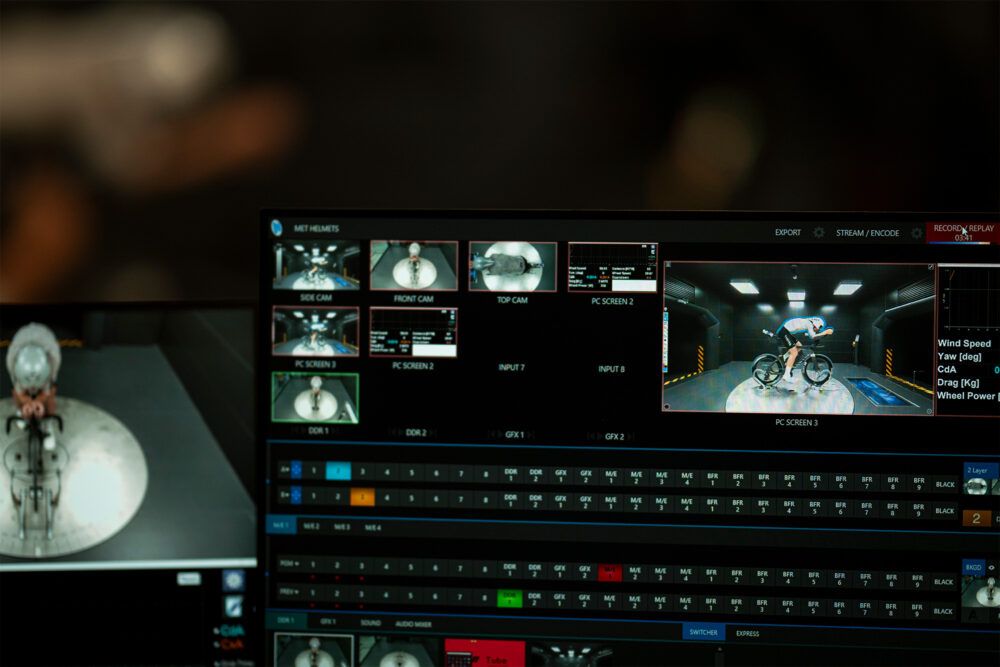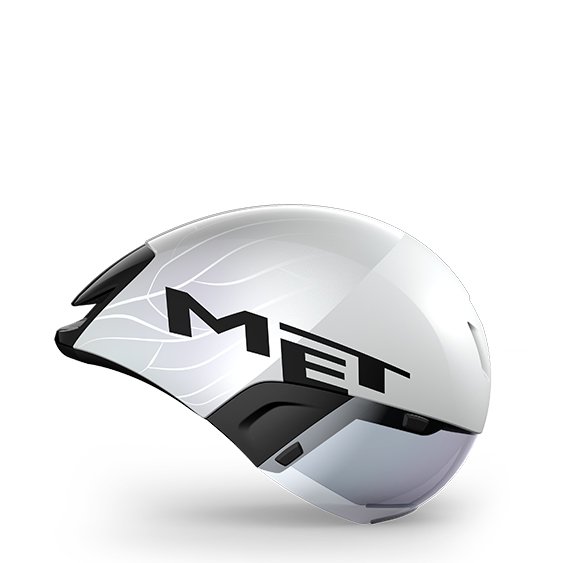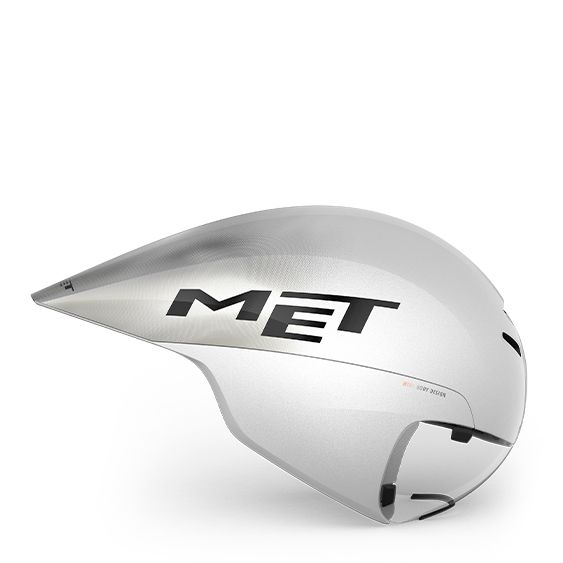
HOW FEEDBACK TURNS INTO INNOVATION
The story of triathlete Daniel Bækkegård
New products rarely appear out of thin air. Behind every launch is a constant cycle of testing, tweaking, and rethinking. One of the most important parts of that cycle? Athletes themselves.
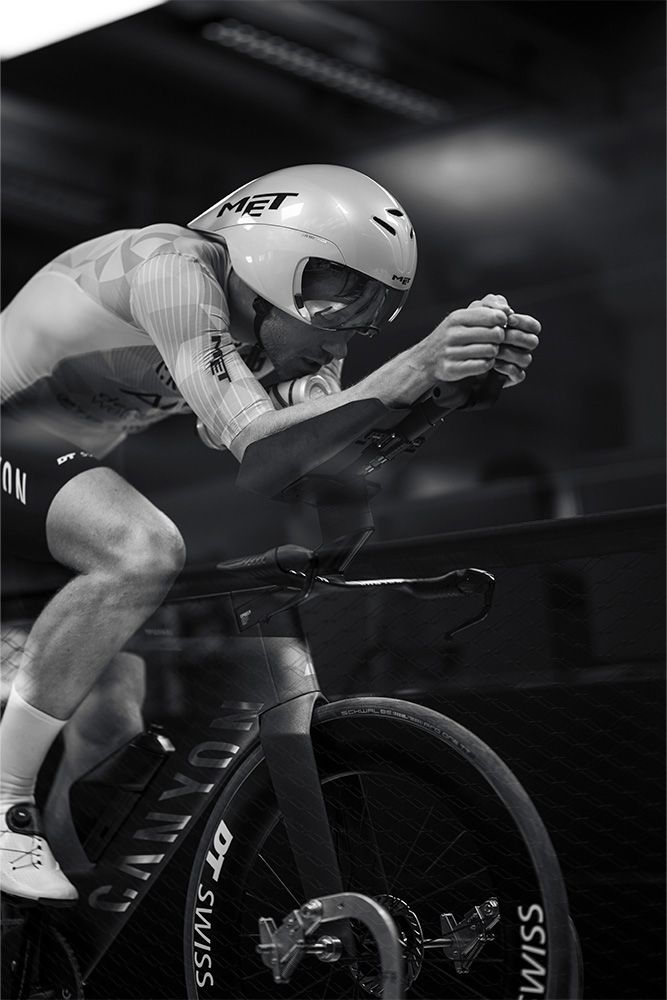
For nearly four years, Daniel Bækkegård has been more than just a race-day face for MET. The Danish triathlete has served as a meticulous test rider, an early sounding board, and a reminder that a helmet doesn’t just need to be fast – it needs to survive the realities of triathlon: heat, fatigue, and aero.
Sometimes Daniel’s feedback comes casually – a quick message the day after a training ride or race. Other times, he passes it on to us, face-to-face with our engineers, helmet in hand as he explains how it feels at race pace. Over the years, such exchanges with athletes have shifted the way MET thinks about performance: not as a checklist of features, but as the way fit, ventilation, and handling under fatigue actually merge in the chaos of racing.
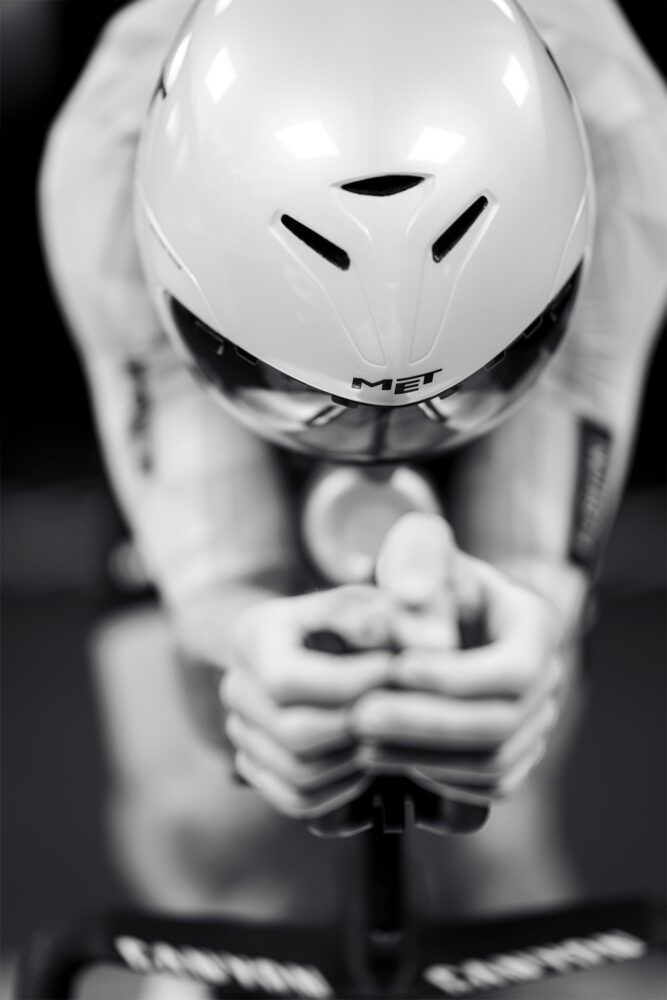
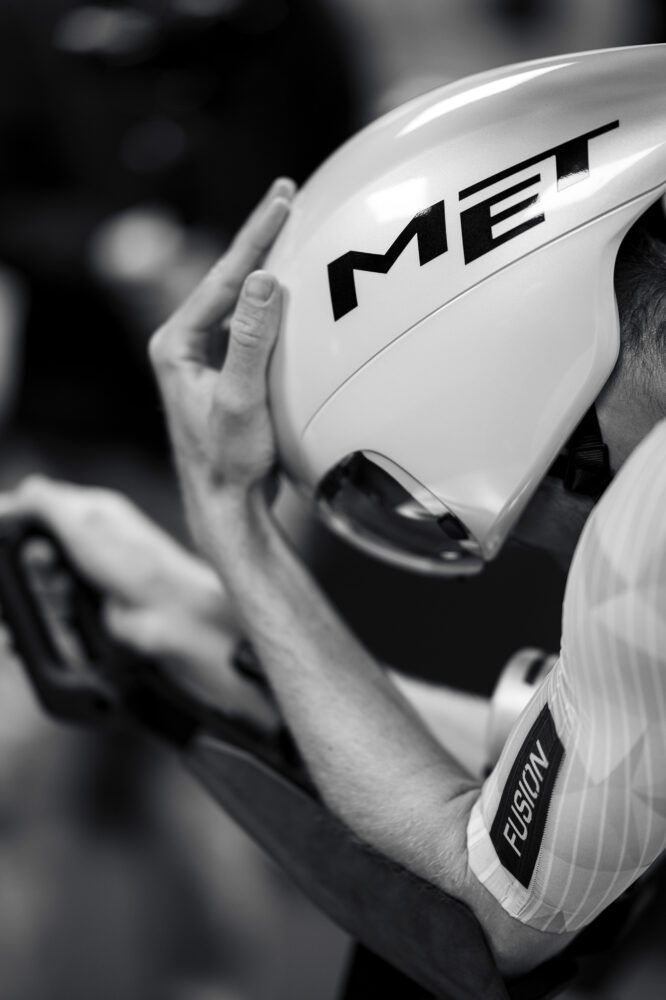
For Daniel, the details aren’t just quirks – they’re survival tools. From cooling in Kona heat to comfort in aero positions, he’s been precise about what matters and unafraid to point out what doesn’t.
And he’s not the only one. The same loop runs through every athlete MET partners with: a downhill rider testing limits of impact, an enduro racer chasing airflow under body protection, a sprinter obsessed with aerodynamics. Each perspective adds another layer and together, they’re what keep the process alive.
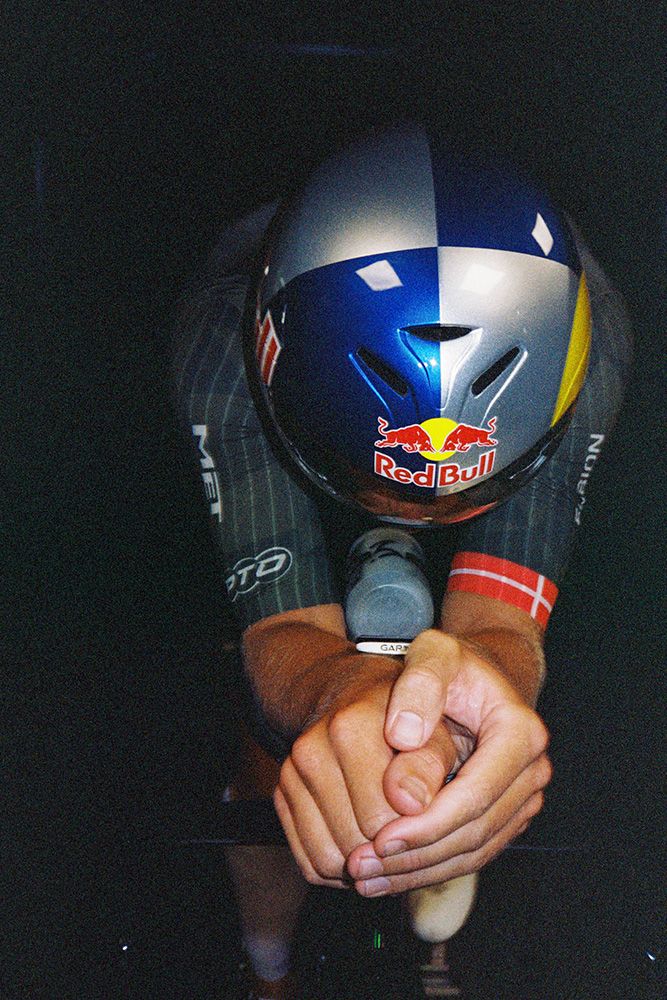
“It’s surreal sometimes”
We caught up with Daniel just before the 2025 Ironman World Championships to talk about process, and what it means to shape the equipment he races in.
You’ve been involved in our development for almost five years now. What’s that like?
It’s surreal sometimes. Before I turned pro, I never thought about the process behind the gear you end up racing with. Now, sitting down with engineers and giving real input feels pretty special. I bring the racing side, they bring the data, and somewhere in between we make something better.
Seeing as you've ridden in MET helmets since you were two years old, how does it feel to now influence our designs?
It makes it personal. I’ve grown up in these helmets, and now I get to shape what they’ll feel like for the next generation. Some things I’ve pushed as non-negotiable — ventilation especially – and together we’ve found solutions that work not just for me, but for everyone.

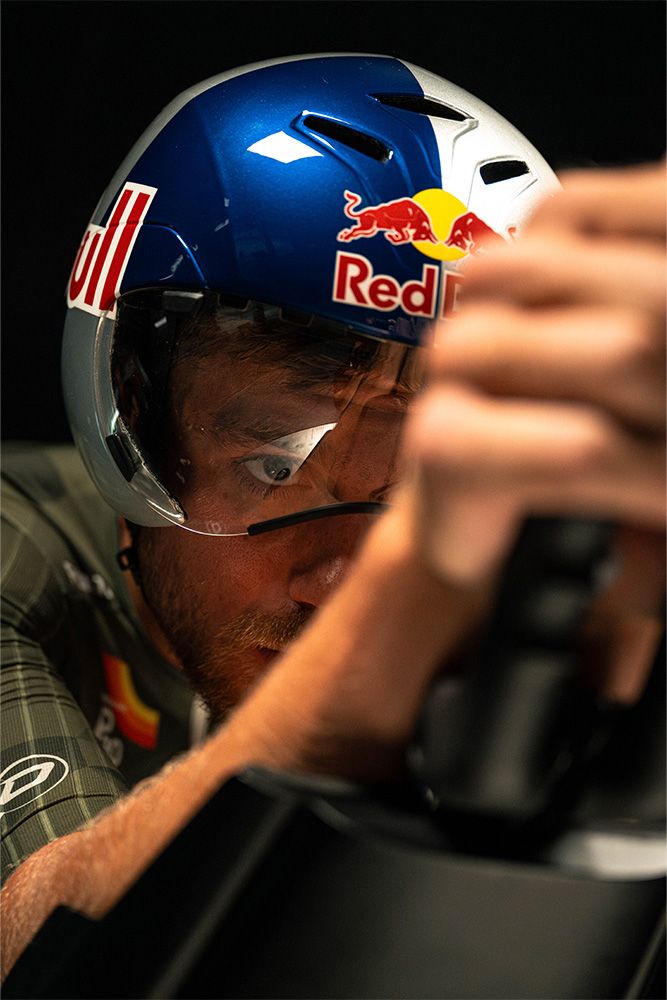
What details matter most for you as a triathlete?
Ventilation, without question. The heat and duration of triathlon make it critical. It was already a great helmet before I came along, but the engineers were open to exploring new ideas. Now we’re refining the fit system, and it already feels better, which is mad considering the level it was at. If it doesn’t feel right, I can’t race at my best.
You’ve called the Drone Wide Body a “forgiving” helmet. What do you mean?
It performs across a range of conditions. When fatigue sets in or the wind shifts, it still does its job. That’s huge in Ironman, especially with this year’s World Championship course in Nice where it’s going to be hot and the route has so many twists and turns. Vision, ventilation and the fact that it still has great aerodynamics from so many angles – which is something that the engineers proved in the TUBE, MET’s in-house wind tunnel. I don’t have to fight with it or worry about my fatigue affecting drag, I can just focus on racing.
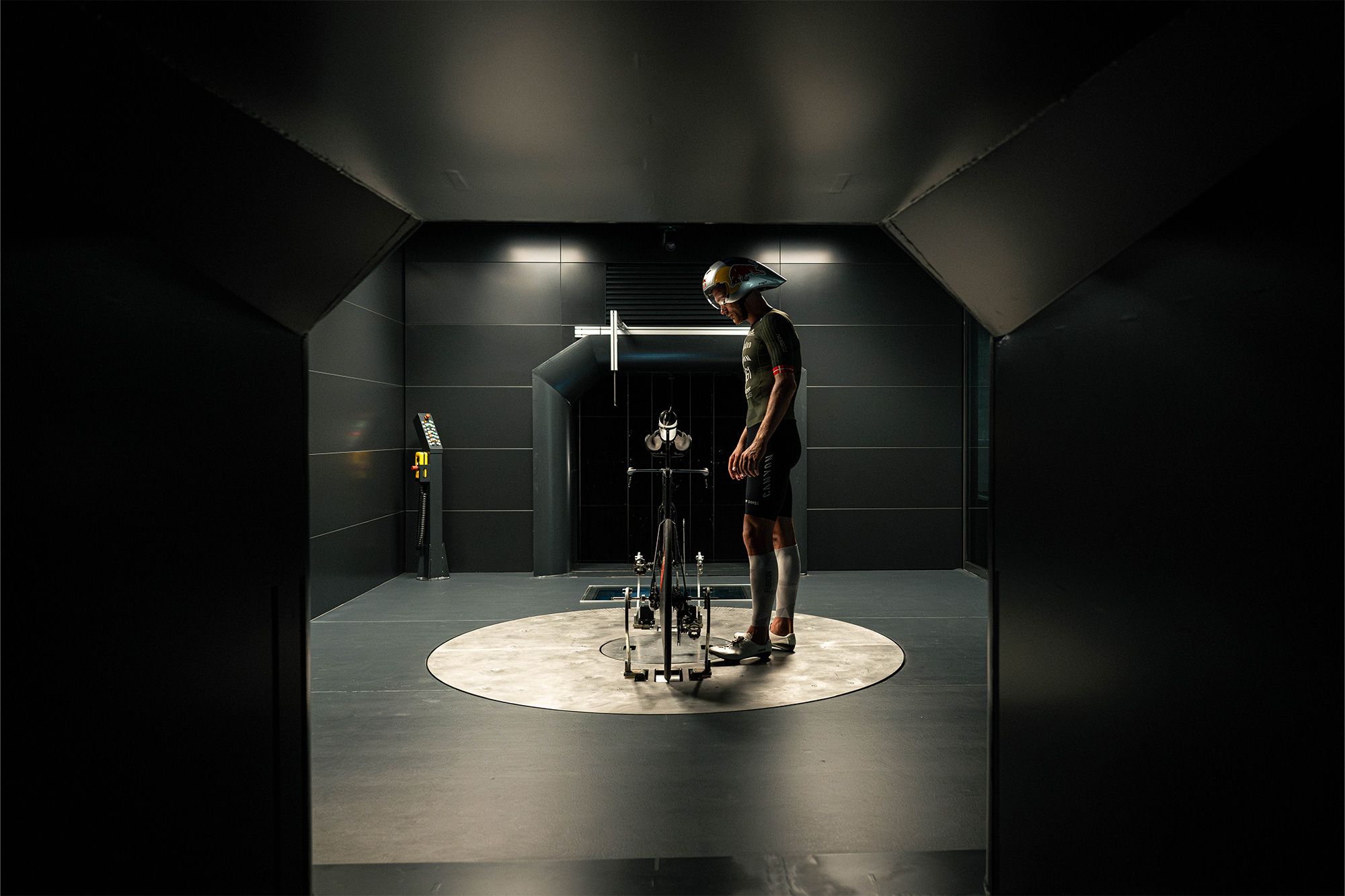
You’re known for being detail-oriented. Where does that come from?
Partly personality. I like creating an environment I can thrive in, and equipment is a big part of that. My girlfriend jokes about it: I’m extremely picky with helmets, nutrition, setup – but in other areas, not at all. I guess that’s me: when it comes to racing, the details are everything.
What’s your advice for age-groupers?
Look at what the pros are doing and don’t be afraid to imitate. Listen to podcasts, read, pay attention to the details. I still see athletes struggling with things like bike fit and extensions — but if you can’t use them, there’s no point having them. Trends change too: before it was all about slamming the stem, now most of us are higher. There’s a reason for that.
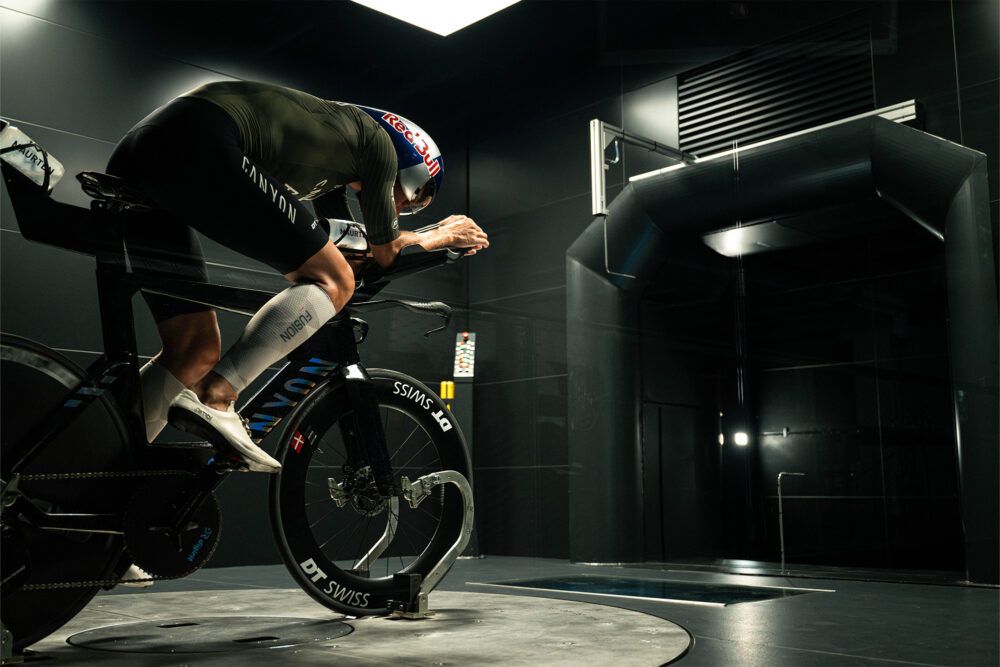
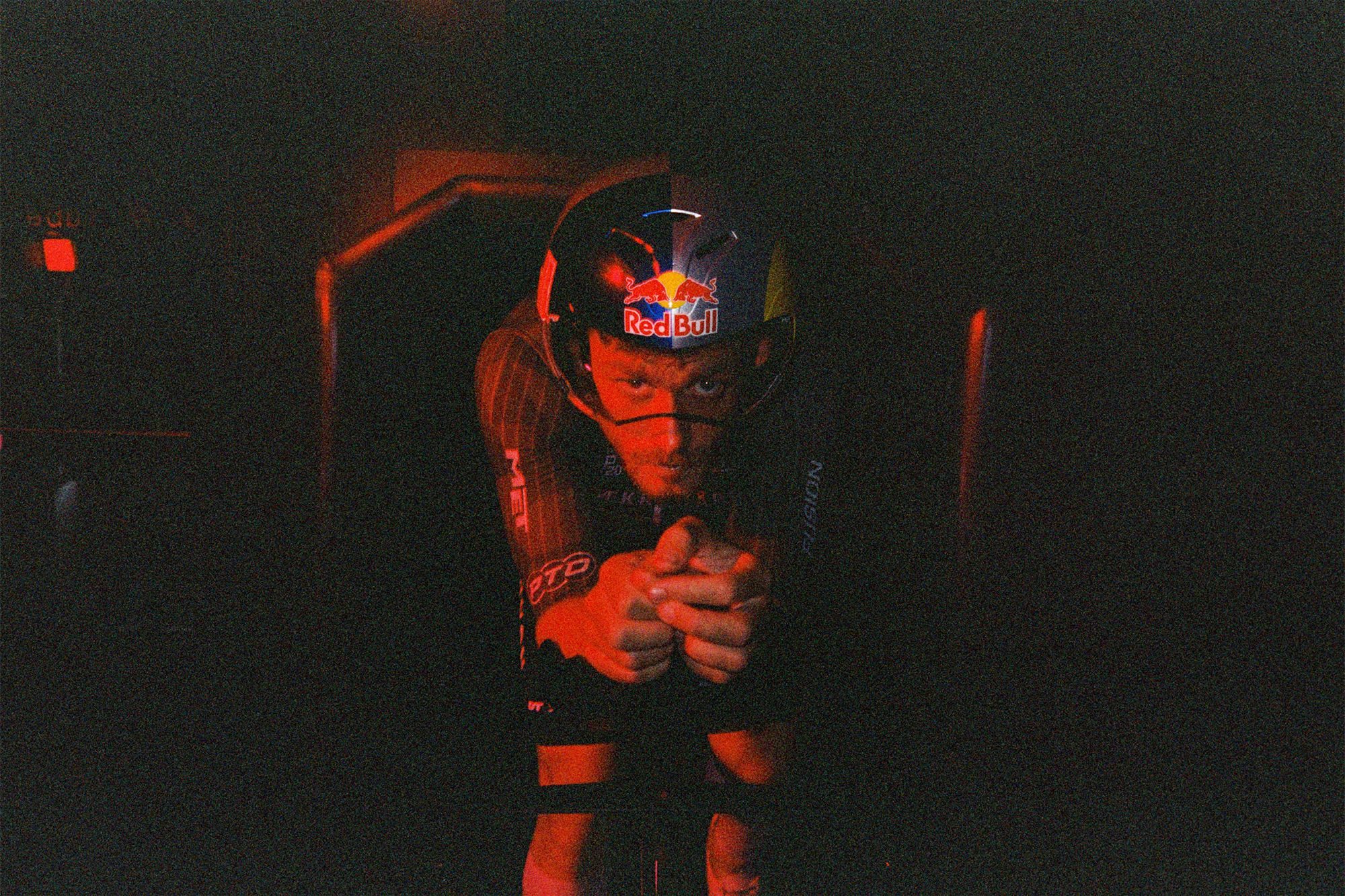
The bigger picture of product development
Bækkegård's story is personal, but it’s also part of a wider ecosystem. Every MET helmet is shaped not by one athlete’s demands, but by a tapestry of voices: triathletes, downhillers, sprinters, climbers. Each brings a perspective, each feeds the loop. And the result? We don’t just design helmets that can win races, but helmets that perform when things get messy: in the heat, in the fatigue, in the reality of competition. Because real performance is never about a single factor. It’s how everything comes together.
